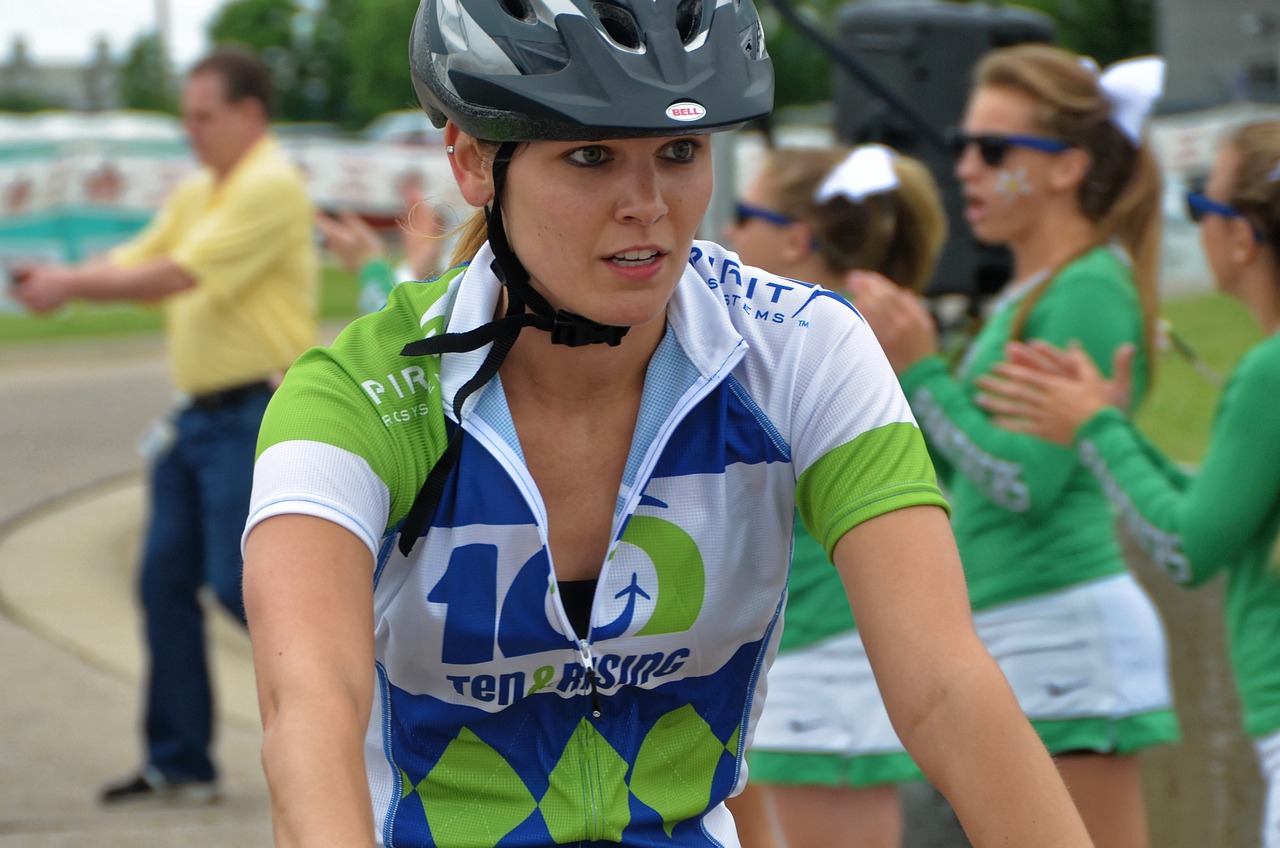
In a world where physical limitations can be seen as a barrier to fitness, breaking down these barriers is essential. Exercise is a vital component of a healthy lifestyle, and it is crucial that people with physical limitations have access to exercise programs that meet their unique needs. Whether it’s due to injury, illness, or disability, physical limitations can make it challenging to participate in traditional exercise routines. However, with the right approach, anyone can break through these barriers and achieve their fitness goals. In this article, we will explore the benefits of exercise for individuals with physical limitations and offer tips and resources for breaking down barriers to fitness.
1. Overcoming Obstacles: The Power of Exercise for Those with Physical Limitations
For those with physical limitations, exercise can seem like an impossible task. However, with the right mindset and approach, it can be a powerful tool in overcoming obstacles and improving overall health and well-being.
One way to make exercise more accessible is to focus on low-impact activities such as swimming, cycling, or yoga. These activities can be adapted to accommodate a wide range of physical abilities and can provide a low-stress way to increase strength, flexibility, and cardiovascular health. Additionally, working with a physical therapist or personal trainer can help individuals with physical limitations develop a safe and effective exercise routine tailored to their specific needs and goals. With patience, persistence, and a willingness to adapt, exercise can be a valuable tool for those looking to overcome physical obstacles and improve their quality of life.
- Focus on low-impact activities: Swimming, cycling, and yoga are great options for those with physical limitations.
- Work with a professional: A physical therapist or personal trainer can help develop a safe and effective exercise routine.
- Be patient and persistent: Results may take time, but with dedication and effort, progress is possible.
2. Breaking Down Barriers: How Exercise Can Improve Mobility and Quality of Life
Exercise is a powerful tool that can help break down barriers and improve mobility and quality of life. Whether you’re dealing with a chronic condition or simply looking to stay active and healthy, regular exercise can have a profound impact on your physical and mental well-being. Here are some ways that exercise can help you break down barriers and improve your quality of life:
- Improved flexibility: Exercise can help improve your flexibility, which can make it easier to perform everyday tasks and activities. Stretching exercises like yoga or Pilates can help improve your range of motion and reduce stiffness and pain.
- Increased strength: Exercise can help increase your strength and endurance, which can make it easier to perform physical tasks and activities. Strength training exercises like weightlifting or resistance band workouts can help improve your muscle mass and bone density.
- Better balance: Exercise can help improve your balance and coordination, which can reduce your risk of falls and other injuries. Balance exercises like Tai Chi or yoga can help improve your posture and stability.
- Reduced stress: Exercise can help reduce your stress levels and improve your mood. Physical activity releases endorphins, which are natural mood-boosters that can help reduce anxiety and depression.
Overall, exercise is a powerful tool that can help you break down barriers and improve your mobility and quality of life. Whether you’re dealing with a chronic condition or simply looking to stay active and healthy, regular exercise can help you feel better and live a more fulfilling life. So why not start incorporating exercise into your daily routine today?
3. Pushing Past Limits: The Benefits of Adaptive Exercise for Individuals with Disabilities
Adaptive exercise is a type of physical activity that is designed to accommodate the needs of individuals with disabilities. It involves modifying traditional exercises or using specialized equipment to make them more accessible and safe for people with physical, sensory, or cognitive impairments. This approach to fitness has numerous benefits for people with disabilities, including:
- Improved physical health: Adaptive exercise can help individuals with disabilities improve their strength, flexibility, endurance, and overall physical functioning. It can also reduce the risk of secondary health problems, such as obesity, heart disease, and osteoporosis.
- Enhanced mental health: Physical activity has been shown to have positive effects on mental health, including reducing symptoms of depression, anxiety, and stress. Adaptive exercise can provide individuals with disabilities a sense of accomplishment, self-esteem, and social connection.
- Increased independence: By improving their physical abilities, individuals with disabilities can become more self-sufficient and less reliant on others for assistance with daily tasks.
Moreover, adaptive exercise can be tailored to the specific needs and goals of each individual, making it a highly personalized and effective form of fitness. It can also be a fun and engaging way to stay active and healthy, regardless of one’s abilities or limitations.
In conclusion, breaking barriers when it comes to exercise for physical limitations is not only possible but also necessary. With the right mindset, guidance from professionals, and a willingness to push beyond perceived limitations, individuals with physical limitations can experience the benefits of exercise just like anyone else. Whether it’s improving overall health, building strength and endurance, or simply finding joy in movement, exercise has the power to transform lives. So let us continue to break down barriers and create a more inclusive and empowering fitness culture for all.
